Official government website of the Government of the Kingdom of Saudi Arabia
Links to official Saudi websites end withgov.sa
All links to official websites of government agencies in the Kingdom ofSaudi Arabia end with .gov.sa
Government websites use theHTTPSprotocol for encryption and security.
Secure websites in the Kingdom of Saudi Arabia use the HTTPS protocolfor encryption.
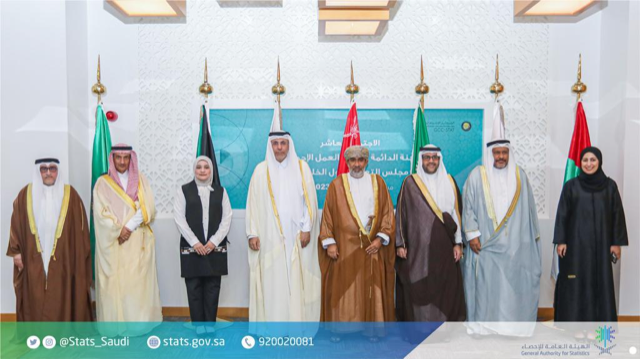
GCC Permanent Committee for Statistical Work holds its 10th meeting in Muscat
23-10-2023
To enhance statistical cooperation Organization of Islamic Cooperation Statistical Commission meets in Jeddah
03-10-2023
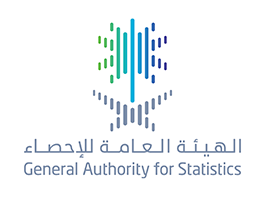
GASTAT Population’s unemployment rate decreases to 4.9% in Q2/2023
28-09-2023
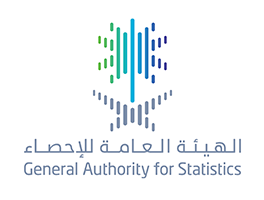
GASTAT:Non-oil activities grow by 6.1% in Q2 2023 and drive the Saudi economy to achieve growth of 1.2%
11-09-2023

With the aim of exchanging support and sharing statistical indicators ADF signs MoC with GASTAT
17-08-2023
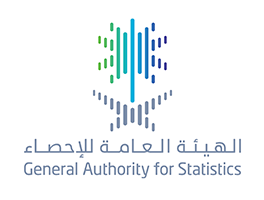
Inflation rate in KSA is stable during July 2023
15-08-2023
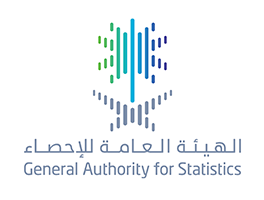
GASTAT Issues Saudi Women's Report 2022
13-08-2023
GASTAT Launches Economic Data Platform
11-08-2023
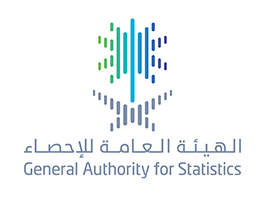
GASTAT issues the Industrial Production Index for June 2023
10-08-2023

GCC Permanent Committee for Statistical Work holds its 10th meeting in Muscat
23-10-2023
To enhance statistical cooperation Organization of Islamic Cooperation Statistical Commission meets in Jeddah
03-10-2023

GASTAT Population’s unemployment rate decreases to 4.9% in Q2/2023
28-09-2023

GASTAT:Non-oil activities grow by 6.1% in Q2 2023 and drive the Saudi economy to achieve growth of 1.2%
11-09-2023

With the aim of exchanging support and sharing statistical indicators ADF signs MoC with GASTAT
17-08-2023

Inflation rate in KSA is stable during July 2023
15-08-2023

GASTAT Issues Saudi Women's Report 2022
13-08-2023
GASTAT Launches Economic Data Platform
11-08-2023

GASTAT issues the Industrial Production Index for June 2023
10-08-2023